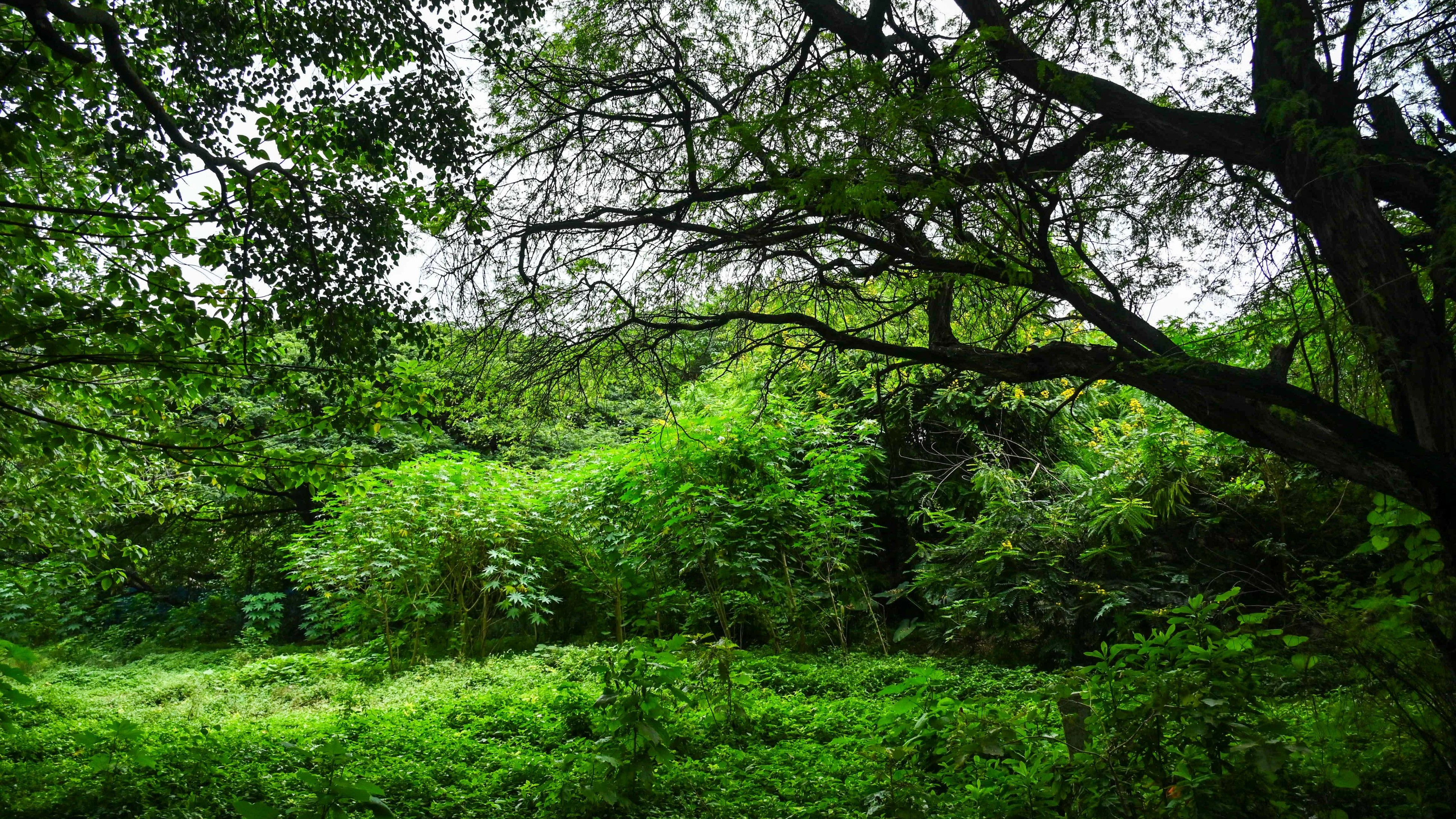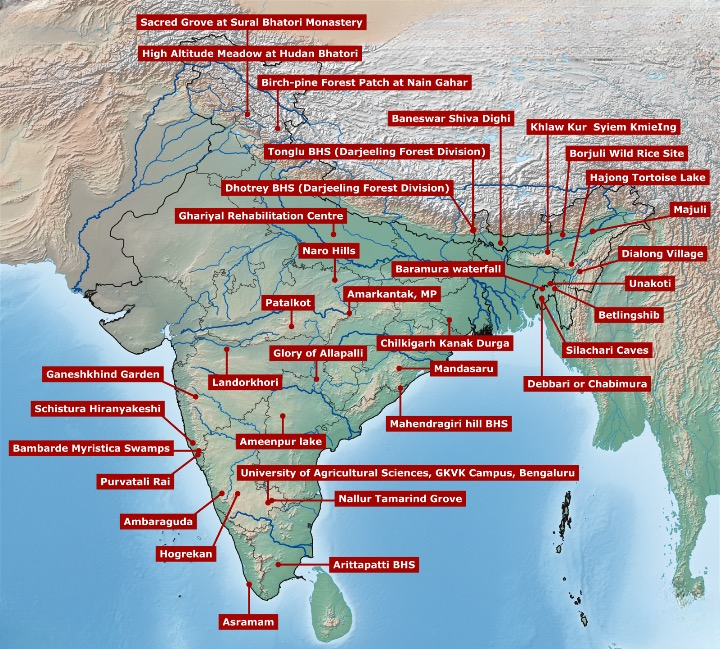Biodiversity Heritage Site

- 14 Sep 2025
In News:
Bengaluru has recently witnessed the declaration of 8.6 acres of green cover at Cantonment Railway Colony as a Biodiversity Heritage Site (BHS)—the second in the city after the Gandhi Krishi Vigyan Kendra (GKVK). This decision marks a crucial step in safeguarding urban green spaces under increasing developmental pressures.
Citizen-led Conservation Movement
- The site was earlier earmarked for commercial development by the Rail Land Development Authority in collaboration with private real estate players. However, strong resistance emerged from citizens and environmental groups, particularly the ParisarakkagiNaavu organization. A large-scale campaign saw the participation of over 15,000 residents, of whom only two opposed the proposal, reflecting strong public consensus in favor of conservation.
- This site houses 371 trees across nearly 50 species, highlighting its ecological diversity. The move demonstrates how community activism and participatory governance can effectively influence environmental decision-making.
About Biodiversity Heritage Sites
Biodiversity Heritage Sites are unique ecosystems identified for their ecological, cultural, and evolutionary significance. They may encompass terrestrial, aquatic, coastal, or marine ecosystems. Key features include:
- High species richness (wild and domesticated), including endemic and threatened species.
- Presence of keystone species, wild ancestors of cultivated plants, or species of evolutionary importance.
- Historical or cultural relevance, such as fossil beds or sites linked with traditional practices.
The first BHS in India was the Nallur Tamarind Grove (2007, Karnataka), and since then, several others have been declared across states.
Legal Framework
The Biological Diversity Act, 2002 (Section 37) empowers state governments to notify areas of biodiversity importance as BHS, in consultation with local bodies. Key provisions include:
- State autonomy in management, conservation, and framing rehabilitation schemes for affected communities.
- Community participation, with no restrictions on prevailing traditional practices unless voluntarily adopted.
- Purpose: Enhancing quality of life and ensuring sustainable use of biodiversity resources.
Thus, the Cantonment Colony green cover’s recognition aligns with both ecological imperatives and community welfare.
Significance for Bengaluru and Urban India
- Urban ecological security: Protecting 8.6 acres of dense green cover helps counteract urban heat islands, air pollution, and biodiversity loss in one of India’s most rapidly expanding cities.
- Community stewardship: The initiative illustrates how local involvement strengthens environmental governance.
- Policy relevance: The case highlights the role of public consultation in environmental decision-making, setting a precedent for other urban centers facing similar challenges.
Odisha’s Gupteswar Forest Is Now A Biodiversity Heritage Site (TOI)

- 13 Feb 2024
Why is it in the News?
Gupteswar forest in the Koraput district of Odisha has been officially declared the fourth biodiversity heritage site (BHS) in the state.
What is a Biodiversity Heritage Site (BHS)?
- A Biodiversity Heritage Site (BHS) is a unique ecosystem with rich biodiversity that is designated for special protection and conservation.
- These sites are typically declared by individual states or local bodies under the provisions of the Biological Diversity Act, of 2002, in India.
Who can Declare BHS?
- Under Section 37 of the Biological Diversity Act, 2002 the State Government in consultation with local bodies may notify areas of biodiversity importance as Biodiversity Heritage Sites (BHS).
- The ‘Biodiversity Heritage Sites’ (BHS) are unique ecosystems having rich biodiversity comprising of any one or more of the following components:
- The richness of wild as well as domesticated species or intra-specific categories.
- High endemism.
- Presence of rare and threatened species, keystone species, and species of evolutionary significance.
- Wild ancestors of domestic/cultivated species or their varieties.
- Past pre-eminence of biological components represented by fossil beds and having significant cultural, ethical or aesthetic values are important for the maintenance of cultural diversity, with or without a long history of human association with them.
- “The creation of BHS may not put any restriction on the prevailing practices and usages of the local communities, other than those voluntarily decided by them.
- The purpose of declaring BHS is to enhance the quality of life of the local communities through conservation of such sites.”
The main objectives of declaring an area as a BHS are:
- To conserve biological diversity, including genetic diversity, ecosystem diversity, and species diversity.
- To protect habitats of rare, endemic, and threatened species.
- To promote sustainable use of biodiversity.
- To maintain cultural diversity and traditional knowledge associated with biodiversity.
- To raise awareness about the importance of biodiversity conservation.
Biodiversity Heritage Sites (BHS) of India:
